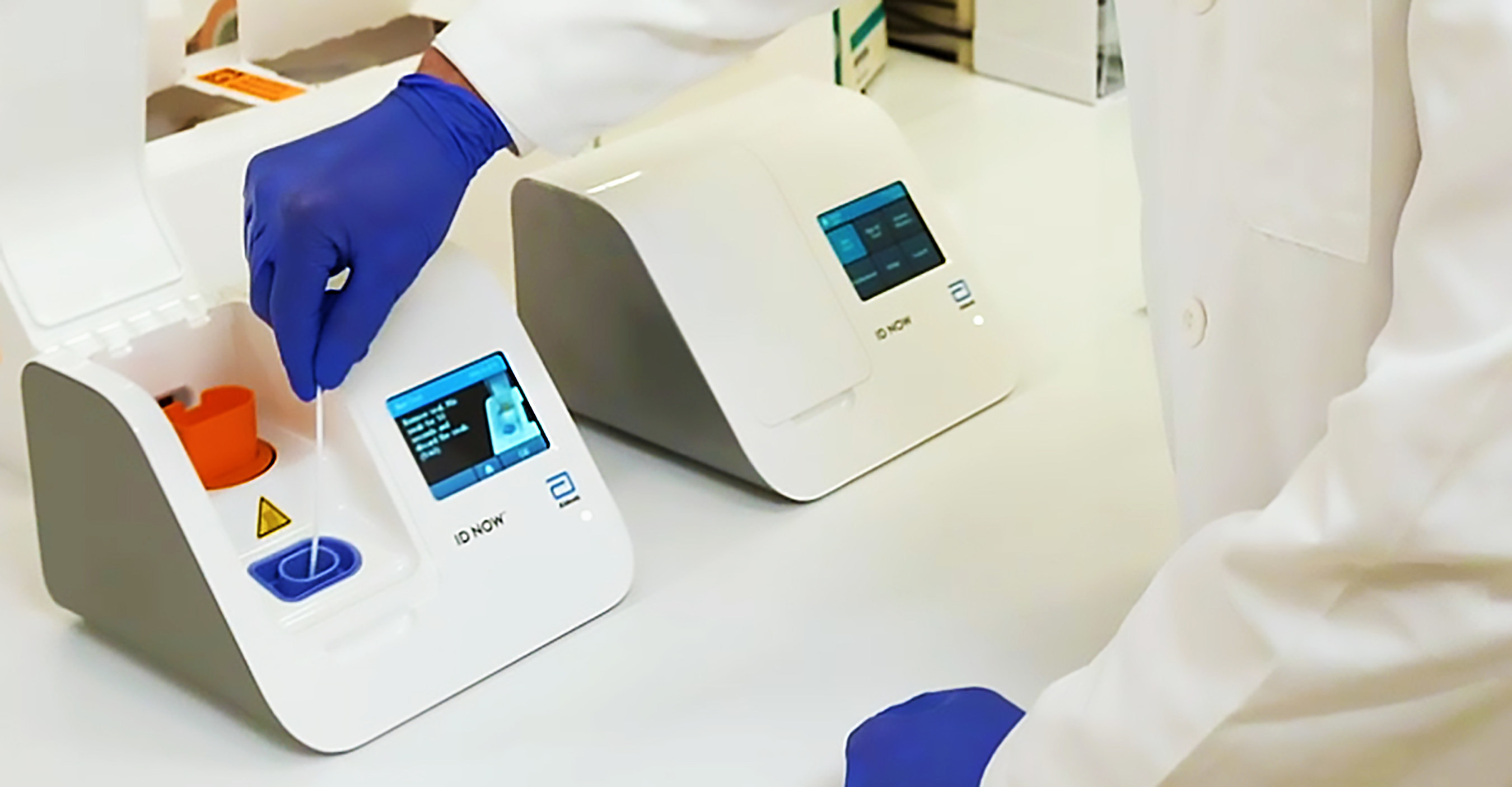Rapid Antimicrobial Residue Test in Milk
The rapid antimicrobial residue test in milk is a critical analytical method used to ensure food safety and compliance with international quality standards. In the dairy sector, antimicrobial residues can pose significant health risks if present above permissible limits. This test is essential for identifying any unauthorized or excessive use of antibiotics or other antimicrobials that could contaminate milk products.
The primary goal of this testing method is to protect public health by ensuring that dairy products are free from harmful residues that could lead to antibiotic resistance, allergic reactions, or other adverse effects. Rapid testing helps in maintaining the integrity of the supply chain and provides stakeholders with timely results for decision-making purposes.
Compliance with international standards such as ISO 16140-2 is crucial when performing rapid antimicrobial residue tests in milk. This standard ensures that laboratories are capable of providing accurate, reliable, and reproducible test results. The testing process typically involves sample preparation, reagent addition, incubation periods, and colorimetric or fluorometric analysis to detect the presence of antibiotics.
Quality managers and compliance officers rely on this testing method to ensure their products meet regulatory requirements. R&D engineers use these tests to develop new and improved methods for reducing antimicrobial residues in milk. Procurement teams benefit from rapid test results as they can make informed decisions about which suppliers to trust with their product integrity.
The accuracy of the test is paramount, and various factors contribute to its reliability. These include proper sample preparation, adherence to standard operating procedures (SOPs), calibration of equipment, and the use of high-quality reagents. The test should also be conducted under controlled environmental conditions to ensure consistent results.
Real-world applications of this testing method are widespread in both industrial and small-scale dairy operations. Large-scale producers can implement rapid tests as part of their quality assurance programs, while smaller farms may benefit from portable devices that allow them to perform quick checks on-site. The use of these tests ensures that all milk products entering the market comply with strict safety regulations.
In summary, the rapid antimicrobial residue test in milk is a vital tool for maintaining food safety and compliance across the dairy industry. By adhering to international standards and employing best practices, laboratories can provide accurate and reliable results that contribute to public health and regulatory adherence.
Why Choose This Test
- Quick Results: Obtain results within minutes rather than hours or days.
- Cost-Effective: Minimize labor costs by automating the testing process.
- Precision: Utilize advanced technology to achieve precise measurements.
- Safety: Protect public health from harmful residues in milk products.
- Regulatory Compliance: Ensure adherence to international standards like ISO 16140-2.
- Efficiency: Streamline the supply chain with timely test results for decision-making.
The rapid antimicrobial residue test in milk is chosen for its ability to provide accurate, reliable, and timely results. This ensures that dairy products meet strict regulatory requirements and are safe for consumption. The use of advanced technology and adherence to international standards guarantees precision and accuracy in the testing process.
By choosing this test, stakeholders can protect public health from harmful residues while ensuring compliance with regulatory requirements. The efficiency gained through rapid test results allows for better supply chain management and informed decision-making.
Quality and Reliability Assurance
The quality and reliability of the rapid antimicrobial residue test in milk are ensured by several factors. First, strict adherence to international standards such as ISO 16140-2 guarantees that the testing process is accurate, reproducible, and reliable. Second, proper sample preparation is critical for obtaining precise results.
Calibration of equipment and use of high-quality reagents further enhance the accuracy of the test. Environmental conditions must be controlled to ensure consistent results. Regular maintenance of laboratory equipment ensures that all tests are conducted under optimal conditions.
The reliability of the test is also enhanced by regular training for laboratory personnel. This ensures that everyone involved in the testing process understands the importance of following strict protocols and adhering to standard operating procedures (SOPs). Quality checks at various stages of the testing process help identify any potential issues early on.
Finally, independent audits conducted periodically verify compliance with international standards and best practices. These audits provide assurance that all tests are performed consistently and accurately. By maintaining high-quality standards and ensuring reliable results, this test contributes significantly to public health and regulatory adherence.
Customer Impact and Satisfaction
The rapid antimicrobial residue test in milk has a profound impact on customer satisfaction by ensuring that dairy products are safe for consumption. Customers trust brands that provide products free from harmful residues, which is made possible through the use of this testing method.
By adhering to international standards and employing best practices, laboratories can offer accurate and reliable results. This builds trust between producers and consumers, leading to higher customer satisfaction levels. Timely test results allow for better supply chain management, ensuring that all milk products entering the market comply with strict safety regulations.
The use of advanced technology and adherence to international standards guarantees precision and accuracy in the testing process. This contributes to public health protection and regulatory compliance. The efficiency gained through rapid test results allows for informed decision-making, further enhancing customer satisfaction.
Customer impact is also measured by feedback from users who appreciate the quick turnaround times and accurate results provided by this service. Positive reviews reflect on the overall quality of the testing method used in laboratories. Continuous improvement efforts focus on refining processes to meet ever-evolving standards and expectations.
In conclusion, the rapid antimicrobial residue test in milk plays a crucial role in maintaining food safety and compliance across the dairy industry. By ensuring that all tests are performed accurately and reliably, this service contributes significantly to public health and regulatory adherence while enhancing customer satisfaction levels.





